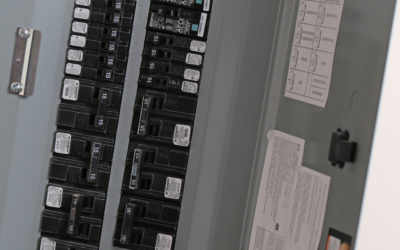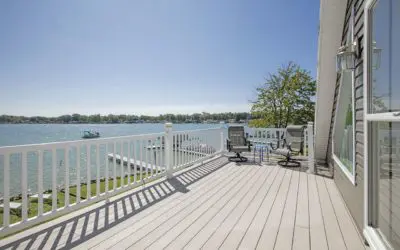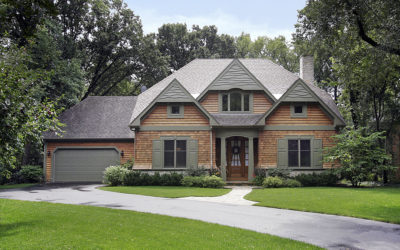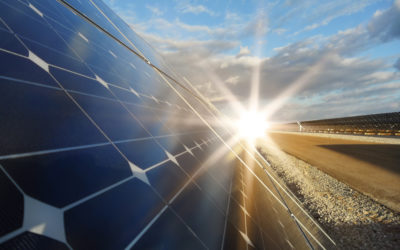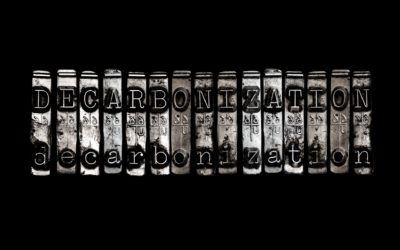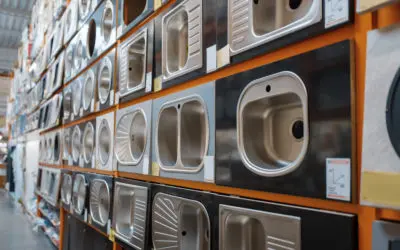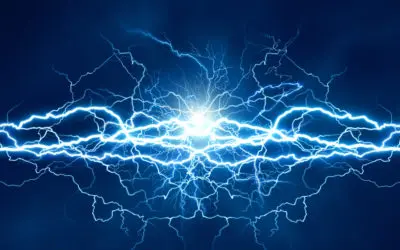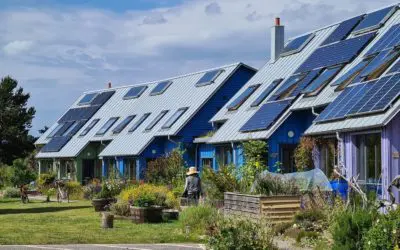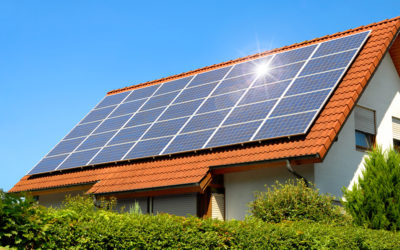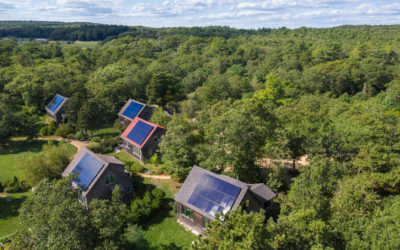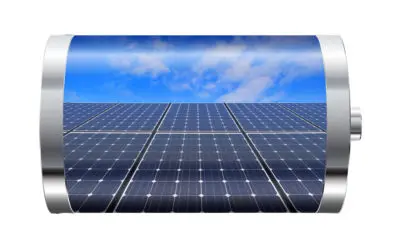According to HomeAdvisor, the typical new home built in the United States in 2023 was $121,099 to $502,765. And because buyers continue to outnumber sellers, that figure is rising. For buyers seeking a more affordable and sustainable new home, check out these alternatives.
According to the U.S. Environmental Protection Agency (EPA), electricity production generates the largest share of greenhouse gas emissions (roughly 30%) because nearly 70% of our electricity comes from burning fossil fuels. A concerted effort is underway to quickly ramp up renewable energy at both the utility level and distributed across residential and commercial properties. We also know we can reduce energy use through simple behavior changes like turning off lights and electronics when not in use. When you are looking for
- ENERGY STAR PRODUCTS: ENERGY STAR is a certification program run by the EPA that applies to everything from appliances and electronics to building materials and lighting. Products certified by this program use considerably less energy than their traditional counterparts. For example, a water heater is the 2nd biggest energy user in the home, but an ENERGY STAR certified electric storage water heater uses half the energy of a standard model. ENERGY STAR certified light bulbs use 75-90% less energy and last 10-25 times longer. That’s smart design!
- ENERGY-EFFICIENT DESIGN: The way a home is designed can reap massive rewards when it comes to reducing energy use. For example, LEED homes can save anywhere from 30-60%, a Passive home performs 60-85% better, and a Net-Zero House produces the same amount of electricity that it needs to run – or in some cases, more electricity than is needed! That’s incredible home energy savings!
- RENEWABLE ENERGY SOURCES: The variety of options for renewable energy grows every year as new technologies continue to be developed. Modern solar panels are more cost effective, attractive, and efficient. They can also be paired with battery backup to provide access to renewable energy even after dark or provide backup in case of power loss. Do you have a stream running through your property? With micro-hydro power machines, even a small stream can generate consistent, clean, dam-free, renewable electricity. And residential scale wind power is also becoming more common and accessible.
In addition to monthly utility savings and greenhouse gas emission reductions, energy-efficient products and projects qualify for a variety of tax incentives and rebates at the local, state, and federal levels. You can search the DSIRE website for what incentives you may qualify for to help your renewable journey along.
Pearl Home Certification: Leading the Way to High Performance
Pearl Certification uses an app to carry homeowners through certification, renovations, and then recertification—prioritizing efficiency features along the way.
Efficient Design: Living Large in Small Homes and ADUs
There are many ways to achieve more space without adding square footage. Sheri Koones shares 14 tips for living well while living small.
The Best Sustainable Home Design Podcasts On Now
Deep dive into sustainable home design with our top-rated podcasts—green tech, consultants, real estate, resilience, and more. Your eco-inspiration starts here!
Climate Change and the Resilient Response
In the wake of tragic wildfires, we have an imperative to rebuild more resilient, decarbonized buildings made from materials that are abundant, renewable, and healthy. We can’t bring back lives that were lost in these past events, but it’s critical we rebuild homes which will save lives in the future.
SIP Home Construction: The Future Standard for Speed and Value
SIP-built may cost more up front than conventional stick-built, but thrifty construction and long-term cost savings offer all kinds of comfort and value.
#EcoRenovate Guide to Selecting Sustainable Materials
Selecting sustainable materials is just as important as green design. So look at the entire lifecycle of products, and prioritize on the goals of your project.
Casa Zero: A Home Where (Microscopic) Life Flourishes
Focusing on craftsmanship, salvaged materials, and biophilia, CarbonShack’s first branded home achieved LEED Platinum with a West Coast–shingle mashup style.
The Definitive Guide to Guest Houses and ADUs
We’ve put together a guide to today’s top prefab ADU manufacturers to help you find an option that fits your style and budget.
Buying an NZE Home? You Need a Green Real Estate Agent
Sure there’s ratings and certifications… But a green real estate agent on your side provides expertise, invaluable guidance, and a commitment to a better future
Start with SIP Panels: Cost Savings, Efficiency, Health, Resilience
Architects and builders continue to innovate with structural insulated panels (SIPs), proving the benefits of affordable, healthier, and more resilient homes.
Fernwood Demonstrates Affordable Net-Positive Eco-Renovation
A modest, Arts and Crafts–style home was lovingly renovated to the highest green standards. Today it’s healthy, beautiful, and budget-friendly.
5 Ways Community Solar Empowers Solar for All
The benefits of solar aren’t just limited to those who install solar themselves. Community solar allows almost anyone to reap the rewards with no upfront costs.
Resilient Solar Town Rides Out 1-in-1,000–Year Hurricane
This resilient community thrives on 1500MW of solar power, its own water-treatment plant, and surrounding wetlands for natural beauty and stormwater management.
A Tête-à-Tête With Women Leaders In Sustainability
With gender equality listed as one of the UN Sustainable Development Goals, we’re highlighting women leaders in sustainability who are ushering in a new era of green. Meet the women who are blazing a trail toward a healthier future through recycling paint, ecological planning and building, and helping businesses contain their environmental footprint.
Designing Modular Homes, CleverHomes Brings the Choice
Allied with multiple, sustainable manufacturers, CleverHomes is designing modular homes with high-end, contemporary lines and quality finishes and furnishings.
ADUs Are Giving Seniors the Independence To Age in Place
ADUs give homeowners the chance to invest in their existing home and age in place sustainably—opening up options for living arrangements and income streams.
Green Building and the UN Sustainable Development Goals
The UN Sustainable Development Goals can help inform your building choices for a more efficient use of resources and a healthier, happier life. Transform your home and support economic growth and a sustainable future.
Women in Construction: Workforce Development for a New Era
As our skilled trades workforce “grays out” and retires, recruiting more women could help diversify the workforce and reduce labor shortages.
2 Reasons to Certify an Existing Home for Sale [Podcast]
Brett Vredevoogd and Pamela Brookstein join host Marla Esser Cloos to talk about IRA money and how certifications can impact real estate and appraisals.
Trees: A Powerful Tool to Fight Climate Change
Even in cities and suburbs, well-placed trees absorb carbon, and make your home and neighborhood more comfortable, healthier, and less-expensive to live in.
Green Concrete: The Foundation for a Sustainable Home
New, green concrete options are emerging to help lower the embodied carbon of homes and buildings and achieve global climate goals.
Electrifying? You May Not Need an Electrical Panel Upgrade
Abandoning gas for all-electric appliances? The electrical panel is the unsung hero of any home electrification project.
Home EV Charging Made Simple (But Do Hire an Electrician)
Home EV charging setups can be tricky. So we’ve developed a primer: from model options and safe installation, to pricing and solar storage.
Synergies in Sustainable Modular Homes Bring Savings
Recent advances in sustainable modular home construction can achieve the eco home of your dreams, with quality, tight construction always top of mind.
The Intermediate Guide to Sustainable Siding
It’s not as simple as sustainable vs not sustainable. When comparing sustainable siding, we’re looking at material life cycle, certifications, and performance.
Heat Pump Clothes Dryers for Low-Impact Laundry
Heat pump dryers are an exciting, relatively new electrification technology. One can cut perhaps 10% of your household energy use.
Decarbonize Your Home to Support a Greener Grid
Energy storage and controls can reshape your home’s electricity demand to harmonize with a clean, decarbonized electricity supply.
7 Simple Steps to Decarbonize Your Home
With the climate crisis accelerating, we must minimize the carbon load of our buildings. This means reducing the embodied carbon that is used to create the materials that go into our buildings as well as the emissions of the buildings in operation.
Embodied Carbon: Reduce Your Home’s Hidden Carbon Footprint
Embodied carbon accounts for creating and installing the materials in your home—and could exceed the total carbon footprint of operating your home for decades.
From Carbon Neutral to Carbon Positive: How Your Home Can Give Back to the Planet and You!
Carbon positive homes set a new standard by producing more energy on-site than the building requires to operate.
Low-Voltage LED Landscape Lighting: Maximize Sustainability
Consider the harm of rampant outdoor lighting. Then look to LED low-voltage landscape lighting for maximum lighting effects and minimal environmental impacts.
Cosentino Surfaces Were ‘Going Green’ Ahead Of Their Time
Built on a foundation of innovative technology and forward-thinking manufacturing, surface giant Cosentino has been considering the planet since its inception.
What Makes A Truly Energy Efficient Window?
Proper framing, installation, glazing, and styling come together – extending the lifetime of your windows, saving energy, and reducing your carbon footprint
Green Upgrades That Will Maximize Your Home’s Resale Value
Investments in green upgrades not only make your home a wonderful place to live now, but a great value when it comes time to sell.
Electrification: The Nexus of Individual and Policy Action
Energy Innovation encourages you take advantage of home electrification, and then share your story with your community and, most important, local policymakers.
How to Get the True Value for Your Green Home Upgrades
Do you know how to unlock the true value of your green home upgrades? Green home realtor Christopher Matos-Rogers shows us around the appraisal Green Addendum.
What Homeowners Need to Know from the UN Climate Report
We can limit climate change to 1.5 ℃! The IPCC calls us to reduce our home’s eco impact, use renewable energy, and deploy energy efficient solutions. Now!
Four Ways Solar Panels Increase Your Home’s Value
Solar panels will increase your home’s value in several ways. These lend confidence in your solar investment and may motivate prospective buyers and lenders.
Tesla vs. SunPower: Which One Is Better?
The rapid growth of solar energy—energy powered by the sun—has allowed systems costs to decrease and the number of rooftop photovoltaic (PV) panel installations to rise in the residential arena. Going solar means monetary advantages like tax credits, increased home values and savings on utility bills. But making the switch has significant environmental benefits as well, including a reduction of greenhouse gas emissions and other dangerous pollutants.
A Nationwide Guide to Future-Proofing Your Home
The future may be uncertain, but the value of a home doesn’t have to be. In fact, building, renovation, and design can be done with adaptability in mind. Preparing for changes can lead to even greater lasting quality, renewability, higher resale value, and often, overall savings in price.
Produce And Manage Your Own Clean Energy With Sunpower Solar
With grid outages an ever common occurrence, you deserve the peace of mind that comes with knowing that you have access to safe, renewable energy.
Sonnen ecoLinx – Smart Home Solar Battery Storage
The Sonnen ecoLinx solar battery storage system is so customizable that it adapts to your lifestyle and fully manages energy usage in your home.
Abandoning Gas for All-Electric Homes: The Future is Now
By eliminating natural gas appliances from our homes, and replacing them with efficient electric options, we contribute to better health for us all.
7 Green Building Trends Home Buyers Are Helping To Set
“Eco-friendly” is getting a chic makeover. From innovation in materials to major curb appeal to biophilia and bringing the outdoors in, these sustainable trends are leading the charge when home buyers are hunting for their next home.
6 Critical Questions to Ask About a Solar Battery System
This new generation of solar battery systems is a game-changer! Arm yourself with the tough questions to ask to make sure the system works best for you.
9 Must-Read Net Zero Energy Home Books
Interested in making your home a net zero energy home? Sometimes it’s nice to use a good book (or two) as your guide. Here are some of our favorites.
5 reasons why your next kitchen appliance should be an induction cooktop
Induction technology makes cooking healthier, faster, easier, and more efficient than ever before! A key step in your electrification journey will be enjoying your new induction cooktop.

Copyright © 2022 ElementalGreen® and Contributors



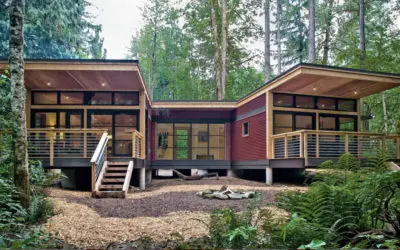









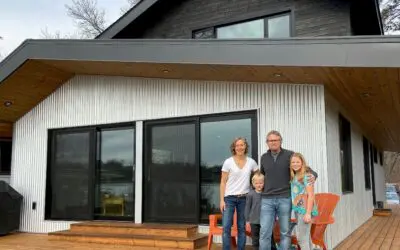






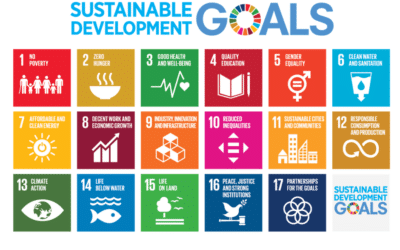

![2 Reasons to Certify an Existing Home for Sale [Podcast]](https://elemental.green/wp-content/uploads/2023/03/Sustainble-real-estate-transaction-c-400x250.jpg)


